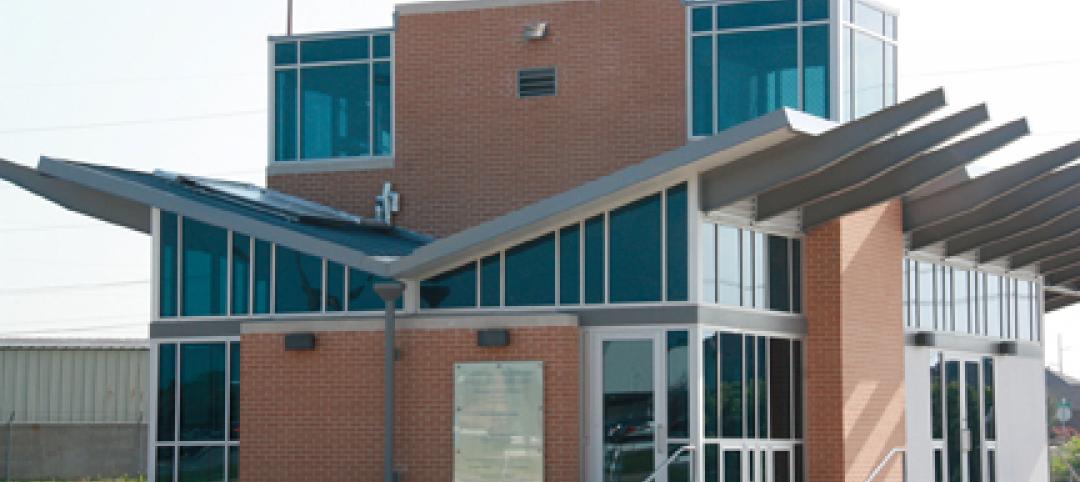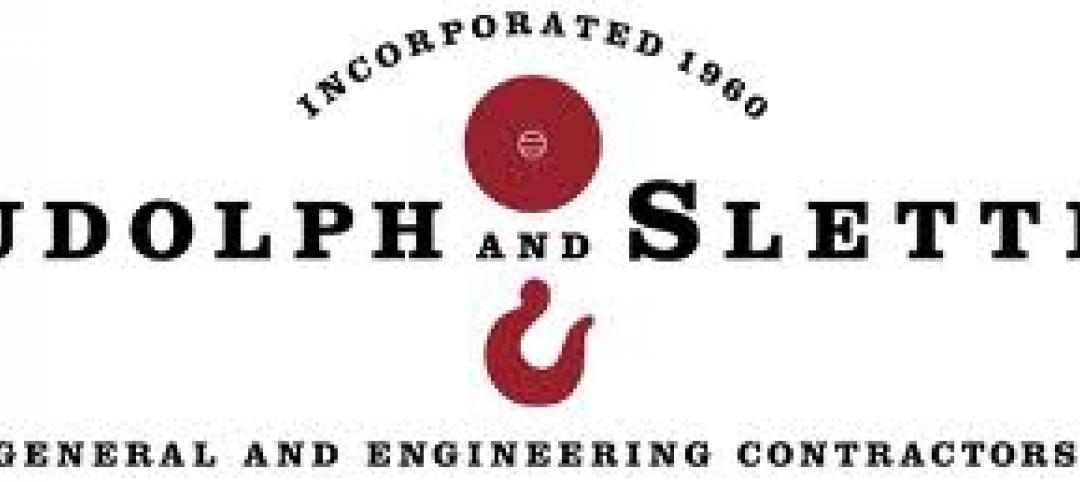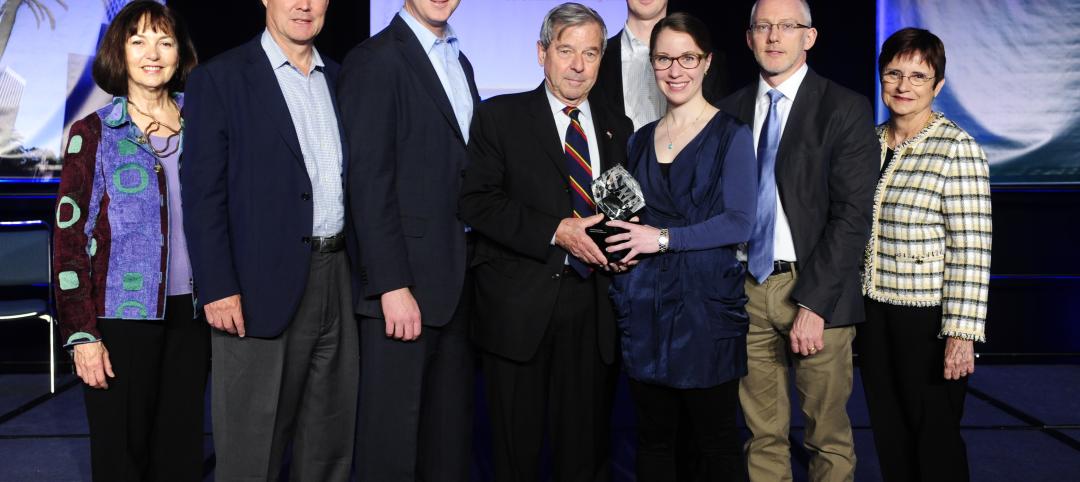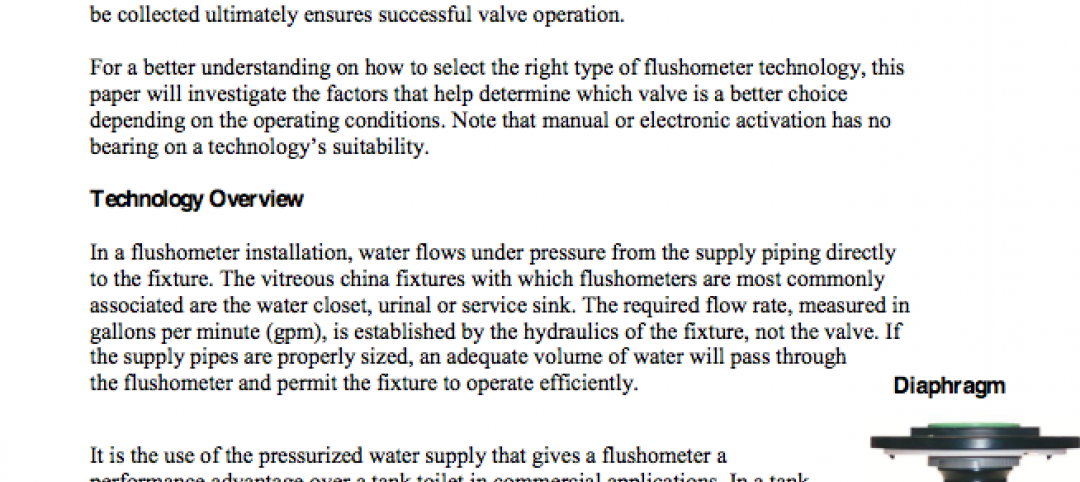Two new reports offer guidance on selecting environmentally friendly and healthy building materials in three product categories: gypsum drywall, flooring, and insulation.
“Embodied Carbon and Material Health in Insulation” and “Embodied Carbon and Material Health in Gypsum Drywall and Flooring,” by architecture and design firm Perkins&Will in partnership with the Healthy Building Network, advise on how to select the best low-carbon products with the least impact on human health.
“Given the sheer volume of these product categories sold each year—which can collectively cover the entire state of Rhode Island and then some—even small reductions in their carbon footprint and improvements in material health would significantly contribute to creating a healthier, more sustainable built environment,” according to a news release. In the U.S., annual sales of gypsum board totals nearly 24 billion square feet. Flooring materials amount to 29.69 billion square feet, and insulation totals about 11.5 billion square feet.
The report’s findings include:
• Products that improve material health and embodied carbon are available across all three product categories.
• It is best to first screen for optimized product types before selecting specific products because the biggest improvements can be made by selecting different product types within a product category.
• Embodied carbon and material health considerations are sometimes contradictory, so it is important to review the provided guidance to make informed decisions.
The reports are available for download at: https://perkinswill.com/carbonhealth
Related Stories
| May 7, 2012
2012 BUILDING TEAM AWARDS: Audie L. Murphy VA Hospital
How a Building Team created a high-tech rehabilitation center for wounded veterans of the conflicts in Iraq and Afghanistan.
| May 3, 2012
2012 BUILDING TEAM AWARDS: Rush University Medical Center
This fully integrated Building Team opted for a multi-prime contracting strategy to keep construction going on Chicago’s Rush University Medical Center, despite the economic meltdown.
| May 3, 2012
Best commercial modular buildings and marketing programs recognized
Judges scored entries on architectural excellence, technical innovation, cost effectiveness, energy efficiency, and calendar days to complete.
| May 3, 2012
Zero Energy Research Lab opens at North Texas
The living lab—the only one of its kind in Texas—is designed to test various technologies and systems in order to achieve a net-zero consumption of energy.
| May 3, 2012
NSF publishes ANSI standard evaluating the sustainability of single ply roofing membranes
New NSF Standard provides manufacturers, specifiers and building industry with verifiable, objective criteria to identify sustainable roofing products.
| May 3, 2012
Ground broken for $94 million hospital expansion at Scripps Encinitas
New facility to more than double emergency department size, boost inpatient beds by 43%.
| May 3, 2012
Rudolph and Sletten, Inc. wins CMAA award
Firm recognized for the renovation of Grossmont-Cuyamaca Community College’s Student Administrative & Griffin Student Center.
| May 2, 2012
Building Team completes two additions at UCLA
New student housing buildings are part of UCLA’s Northwest Campus Student Housing In-Fill Project.
| May 2, 2012
Sasaki selected for 2012 National Planning Firm Award
The award recognizes a firm for its body of distinguished work influencing the planning profession.
| May 1, 2012
White paper discusses benefits of diaphragm and piston flushometer valves
The white paper highlights considerations that impact which type of technology is most appropriate for various restroom environments.
















